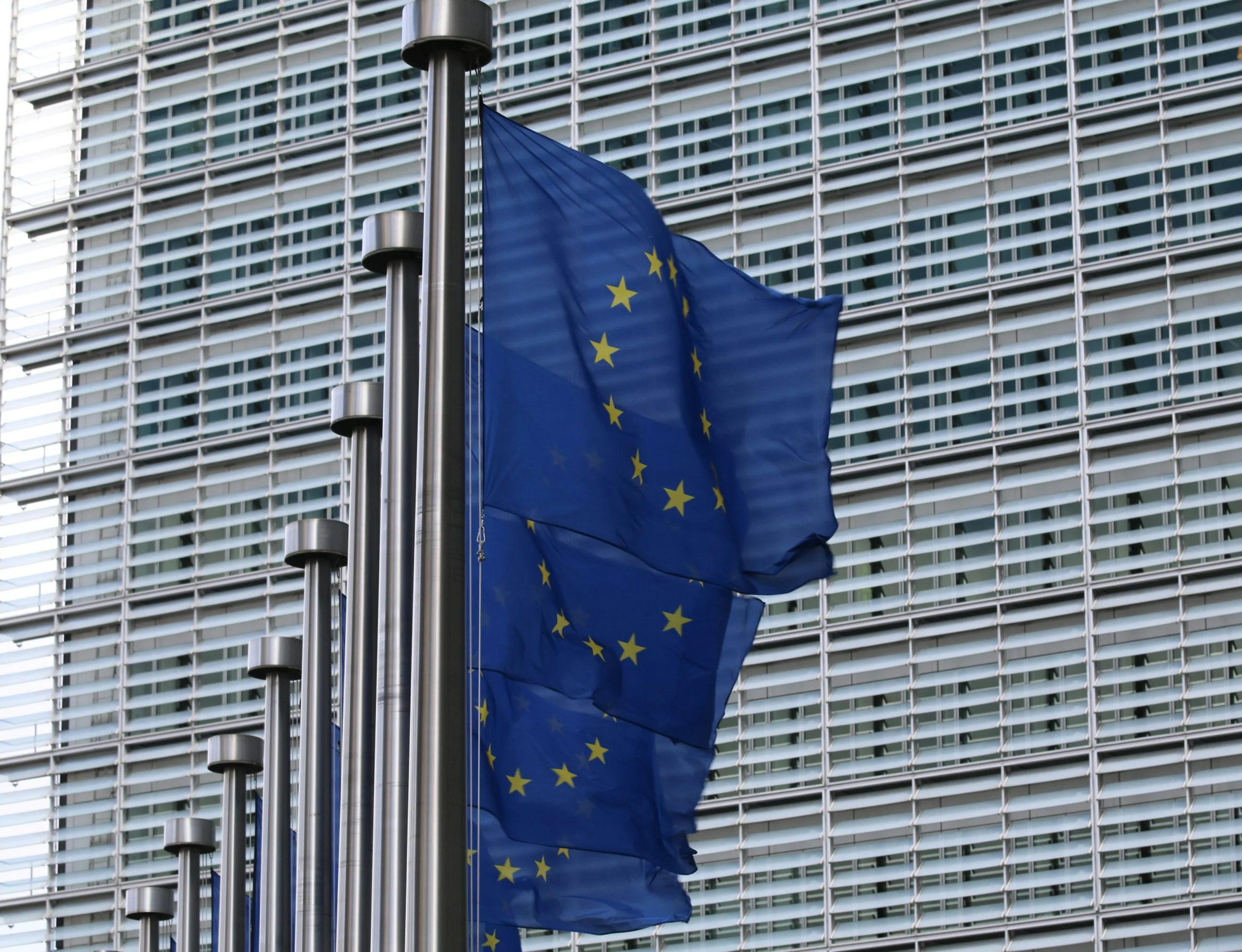In November last year, unions in Czechia organised a series of strikes and protests which, organisers claimed, were the largest protests in the country since the fall of communism in 1989.
The protests came in opposition to the Czech government’s package of spending cuts and austerity measures designed to keep the country’s budget deficit under control. Unions were also demanding more money for the education and healthcare sectors and proposed changes to the pension system.
Prime Minister Petr Fiala, a conservative who took office in 2021 at the head of a government including a broad range of parties, was unmoved, insisting that the measures were “absolutely necessary”.
“We have to stop the state indebtedness,” Fiala said.
According to the government, the measures should reduce the budget deficit by 97 billion crowns (3.9 billion euros) this year and by 150 billion in 2025. Budget expenditure overall rose 11 per cent year-on-year in 2023. Pensions accounted for the biggest spending rise.
As a result of the cuts, the deficit—which exceeded the EU’s ceiling of three per cent of GDP in 2023—should drop to around 1.8 per cent next year and as low as 1.25 per cent in 2025.
A modest resurgence of growth will also help balance the books. The Czech economy stagnated in 2023, GDP seeing a fall of 0.4 per cent, mainly reflecting a reduction in household consumption amidst a significant fall in real wages, deteriorating consumer sentiment, and heightened uncertainty, according to the International Monetary Fund (IMF).
The prospects for 2024 are—cautiously—optimistic. Most forecasts suggest a modest acceleration in GDP growth, with projections ranging from 1.4 to 2.5 per cent. This anticipated growth is predicated on several factors, however, such as domestic consumption seeing an uptick, better export performance (particularly in the automotive and machinery sectors, key drivers of the economy), more public and private investment, the labour market remaining tight, and inflation staying under control.
Risks remain on the downside considering the high degree of trade openness of the Czech economy and its high energy intensity, which could dampen industrial activity in case of a downturn of global trade or another increase in energy prices.
Amid weak demand, inflation—which averaged just under 11 per cent for the whole of 2023 is falling fast, falling below seven per cent in December when the country’s central bank embarked on a monetary easing cycle which it looks set to continue, albeit cautiously, in 2024.
The need to innovate
The automotive industry remains the largest single industry and is the largest industrial employer in the country. Škoda Auto, owned by Volkswagen, is the largest company in the country by revenue and has a significant influence on the economy. Its profit rose 47 per cent through the first nine months of 2023, delivering more than 640,000 vehicles—an increase of almost 18 per cent.
The electronics and engineering sectors are also substantial, with companies like Foxconn and Siemens having a strong presence.
The service sector, particularly tourism, IT, and financial services, has been expanding. Prague, the capital, is a significant tourist destination, and the influx of visitors has a positive impact on the local economy. The IT sector is vibrant, now employing more than 200,000 people with a growing number students focusing on the technology sector. In the latest edition of Emerging Europe’s Future of IT report, the country ranked in first place for business environment, evidence of the government’s support for the development of the tech industry.
However, its overall ranking in the IT Competitiveness Index fell from third in 2022 to seventh—a sign that there is still a great deal of room for growth in the tech sector. The government appears to be aware of this, prioritising digital transformation in its four-year programme and making a cabinet minister directly responsible for digitalisation, especially in the provision of public services.
Focus on future-oriented sectors will also be key to escaping the middle-income trap. Research from the Vienna Institute of International Economic Studies (wiiw) has shown that Czechia, as with the EU-CEE region as a whole, urgently needs a new growth model, based on innovation, to achieve the next stage of economic convergence.
An ageing population
While Czechia has largely been spared the mass migration of working-age people that has blighted so much of the emerging Europe region, demographics are nevertheless an issue that the country must address.
Czechia has an ageing population, which could strain public finances and the labour market sooner rather than later.
The workforce is expected to shrink in the coming years, potentially leading to labour shortages in key industries. Small-scale migration has so far filled any gaps— according to the European Commission, the arrival of workers from Ukraine resulted in a 1.7 per cent increase in employment in 2022.
In a report published last year looking at economic convergence however, the Czech Finance Ministry warned that given the current demographic trends and the severe labour shortages in many sectors, the scope for further employment growth (except for new foreign workers) is very limited.
To euro, or not?
Legally-bound by EU treaties to adopt the euro “once the criteria to do so are met”, Czechia has so far been reluctant to drop the crown—largely because much of the Czech population has little appetite for the single currency (although a Eurobarometer survey in 2023 suggested that a small majority of Czechs favour adopting the euro).
In its latest review of EU member states that have yet to adopt the euro, the European Central Bank (ECB) in 2022 found that Czechia met just two of the four conditions (known as the Maastricht criteria) required for the adoption of the euro. The ECB will issue a new review in June 2024—it is likely to report much the same findings.
However, in a signal that the mood in Prague may be changing, in early February the Czech government appointed a new official to oversee efforts to adopt the euro, which Martin Dvořák, Minister for EU affairs, said would “give impetus to the euro debate”.
It follows comments made by Czech President Petr Pavel in his New Year Day speech that it was “time to start taking specific steps that will lead us to fulfil the pledge” to join the eurozone.
“Despite never-ending debates on the pros and cons of the euro for a country with an open, export-driven economy, situated in the heart of Europe, the common currency is a logical future,” Pavel said.







